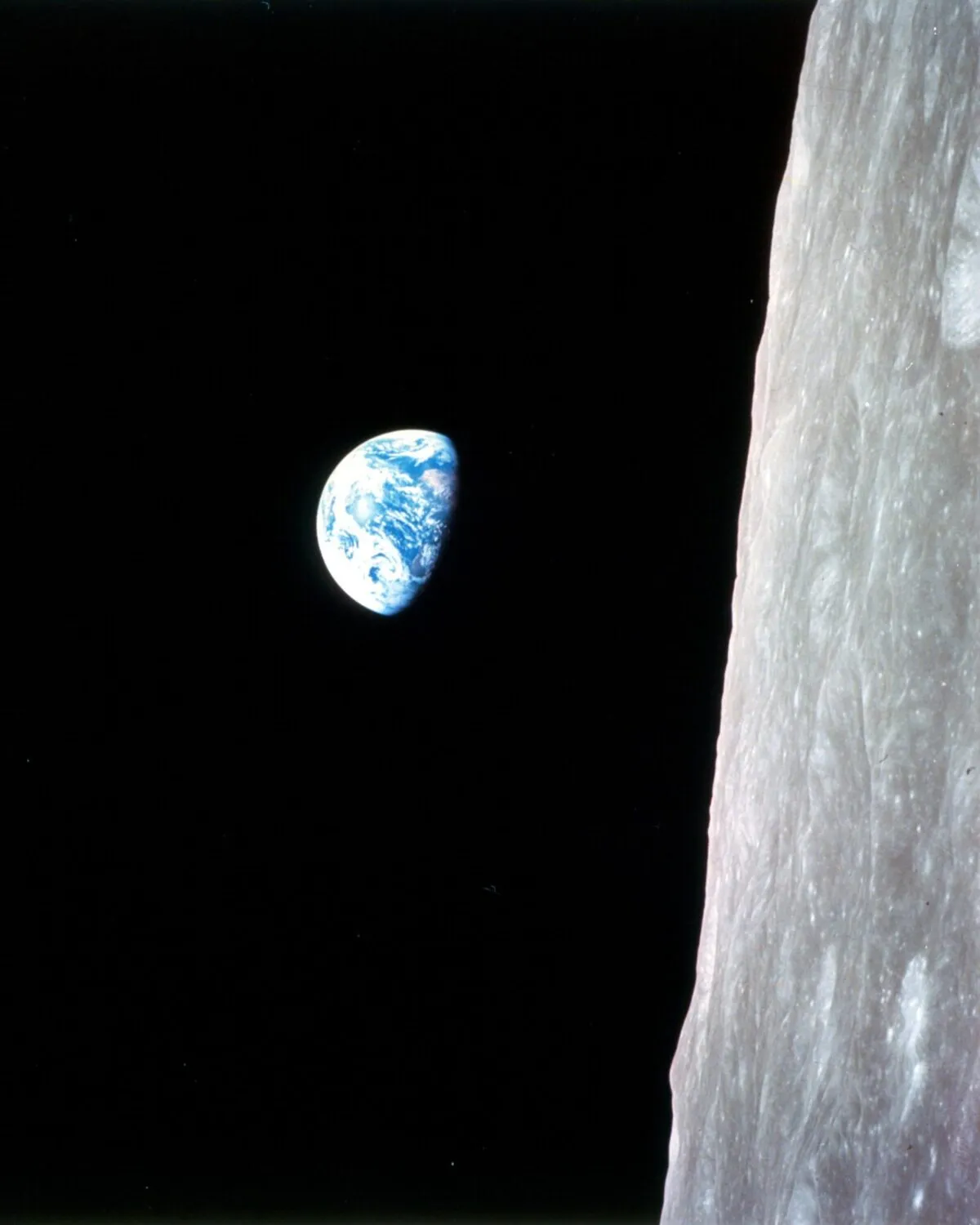At its closest (perigee), the Moon is 363,104 km (225,623 miles) from the Earth, and the farthest away (apogee) it gets is 405,696 km (252,088 miles) so an average distance of 384,400 km (238,855 miles).
On average, if you could drive in a straight line at 100mph (160 kph) it would take you around 99 days to get to the Moon, or if you walked at 3.7 mph (6 kph) it would take 2,669 days or about 7.3 years.
But how long does it take crewed missions and robotic probes to get to the Moon?
The average time for a Moon mission is about three days, but this varies depending on route, propulsion system, mission profile, whether crewed or not, whether you're landing, orbiting or flying by.
Crewed missions tend to take longer to get to the Moon. The fastest Apollo mission (Apollo 8) took 69 hours and 8 minutes to reach the Moon, while the slowest (Apollo 17) took 86 hours and 14 minutes.
Find out how the Moon's features compare to Earth's and how long it takes to walk around the Moon.

Before the 1980s, the usual trajectory to get ot the Moon was called a direct transfer. It was faster but used more fuel.
In 1969 Apollo 11 took 75 hours and 49 minutes, while Artemis 1 took five days to reach the Moon in 2022
Uncrewed missions to the Moon vary considerably in length.
New Horizons in 2006 took just 8 hours and 35 minutes to reach the Moon on its way to Pluto, while SMART-1, the European Space Agency's first mission to the Moon, used ion propulsion and took one year and six weeks in 2004.
They take longer to save fuel by using their thrusters as little as possible, aiming past the Moon and using its gravitational pull to bring them into orbit.
Missions often release piggyback satellites as well to save on launch costs.
